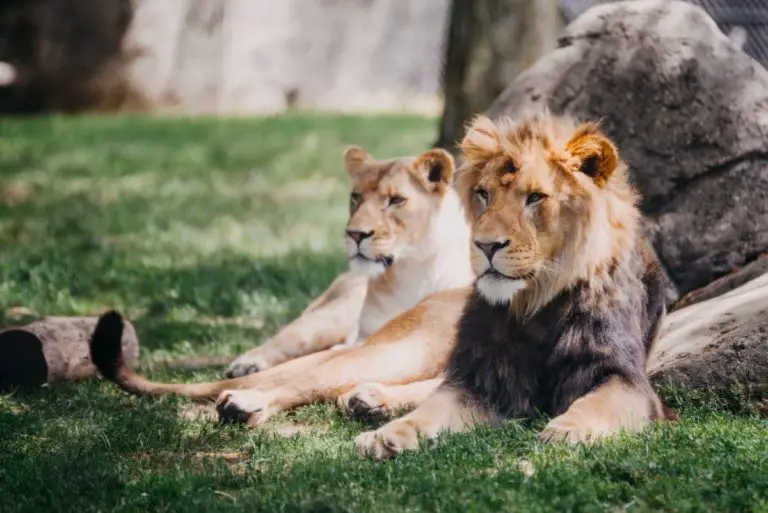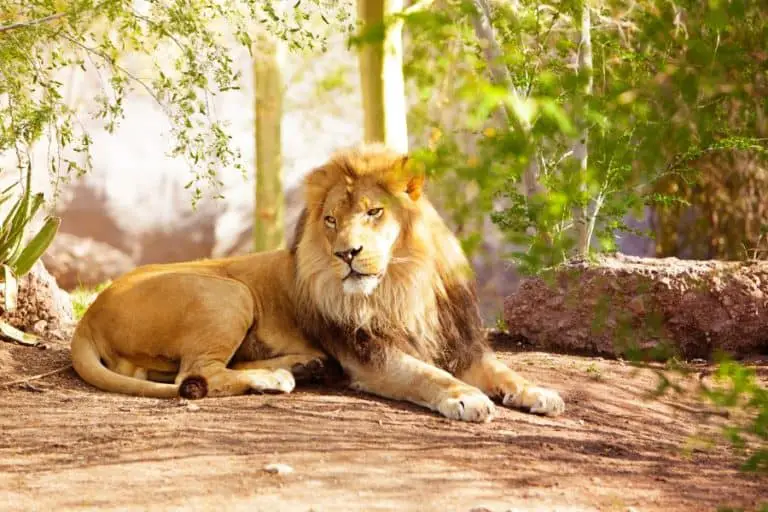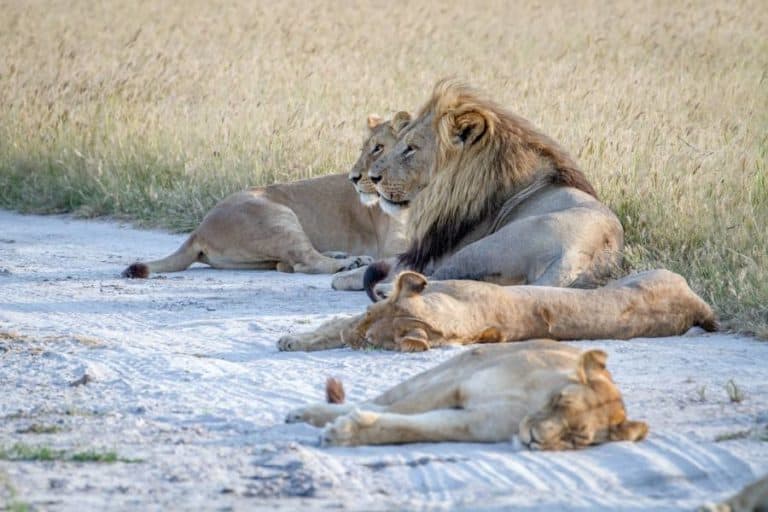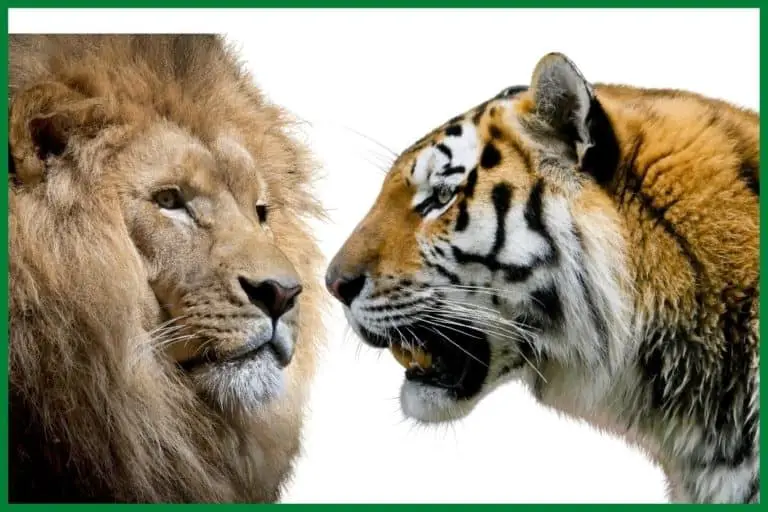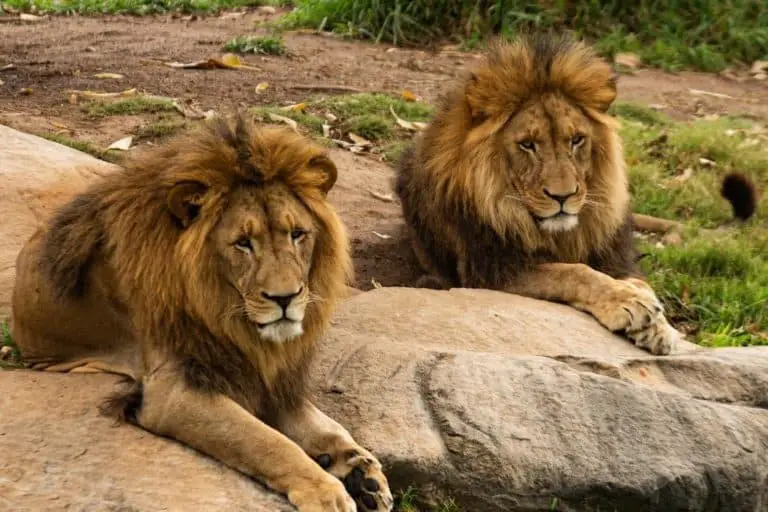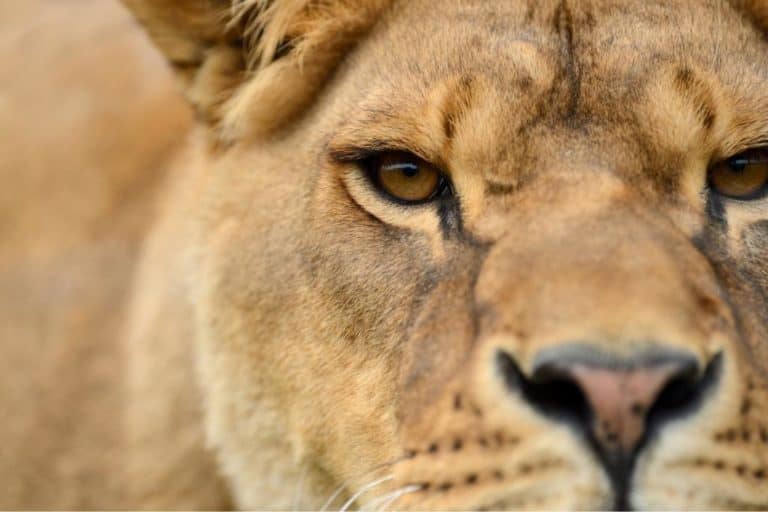Lions Whiskers: 16 Amazing Facts You Probably Didn’t Know
Did you know that lions have whiskers? Most people think of lions as having manes, but these big cats also have whiskers. In fact, all cat family members have whiskers, including tigers, leopards, and house cats. Here are 16 amazing facts about lions’ whiskers.
1) What is a lion whisker?
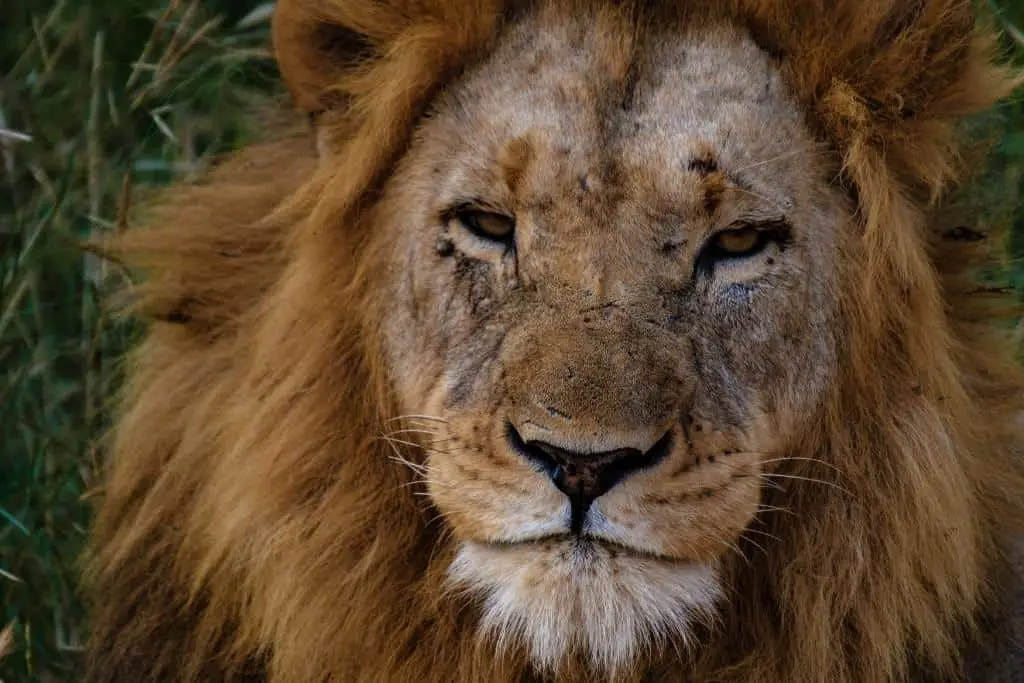
Whiskers are actually long hairs that grow from follicles in the skin. Each whisker is anchored deep in the follicle and is connected to a muscle. This allows the cat to move its whiskers in different directions.
Unlike other types of facial hair, such as eyebrows or mustaches, whiskers are highly sensitive to touch and can be used to detect changes in the environment.
For example, cats use their whiskers to gauge whether they can fit through narrow spaces. Additionally, whiskers can help animals track prey or avoid predators.
In lions, whiskers also play an essential role in social interactions. For example, male lions often have longer and thicker whiskers than females, which may signal dominance and attract mates.
2) Why do lions have whiskers?
Whiskers serve several purposes for lions.
First, they help the lion navigate its environment. The whiskers are extremely sensitive and can detect the slightest air movement around the lion. This allows the lion to avoid obstacles and predators.
Additionally, whiskers help lions hunt prey. The sensitive hairs can detect prey hidden in grasses or bushes and help the lion zero in on its target.
Finally, whiskers are also used for communication. Cats use their whiskers to communicate their emotions to other cats. For example, a cat may flatten its whiskers when feeling angry or threatened.
3) What are lion whiskers called?
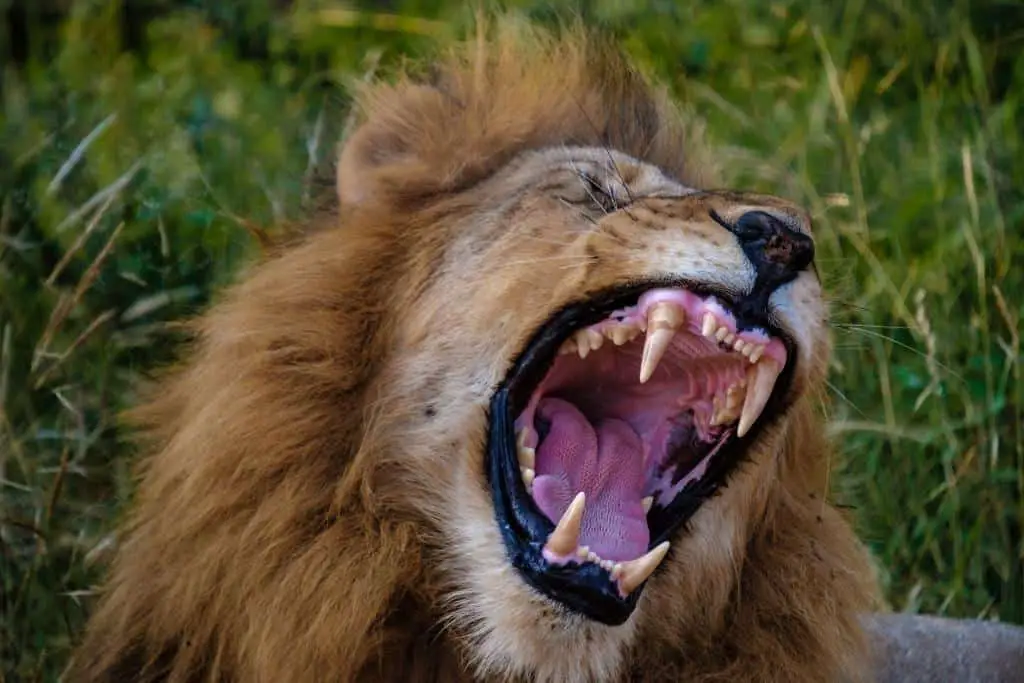
Lion Whiskers are called vibrissae. Vibrissae are found on many animals, including cats, dogs, and rodents. But lions have some of the longest and most distinctive vibrissae of any animal.
The whiskers act like furry radar, giving the lion information about the size and shape of an object.
4) How long are lions’ whiskers?
According to experts, lions begin to grow whiskers at around three months. And while they can vary in length, the average whisker measures between 8 and 11 inches.
5) How many whiskers do lions have?
Lions have an average of 38 whiskers on each side of their face. That’s a total of 76 whiskers!
6) Do lion’s whiskers grow back?
Lion’s whiskers grow back but not at the same rate as other types of hair. In fact, it can take a lion several months for its whiskers to fully regrow. In the meantime, lions will often avoid situations where their whiskers might be at risk, such as narrow spaces where they could get caught.
7) What would happen to a lion without whiskers?
For starters, they would have a hard time hunting. Whiskers are incredibly sensitive and help lions gauge the distance of their prey.
They also use them to navigate the dark and communicate with other lions. Without whiskers, a lion would be at a real disadvantage.
They would also be more likely to get hurt since they wouldn’t be able to detect obstacles in their path. So while we may not think of them as essential, whiskers play a crucial role in the lives of lions.
8) How do lions use their whiskers to hunt
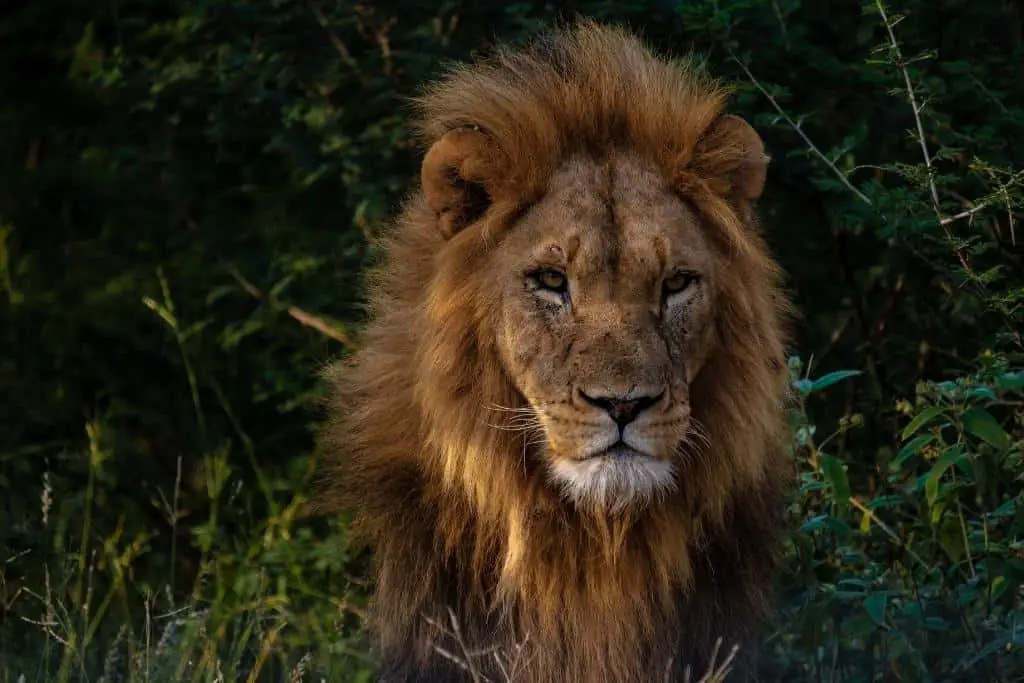
Whiskers are not just for show. They serve an essential purpose for many animals, including lions. Lions use their whiskers to help them hunt. The whiskers are very sensitive and can feel the slightest movement of prey. This allows lions to track down their target even when it is hidden in the long grass.
Whiskers help lions to judge distances. When a lion is stalking its prey, it will often consider how far away the animal is by feeling the position of its whiskers. This allows the lion to get close enough to make a successful kill.
9) Are lion’s whiskers poisonous?
No, lions’ whiskers are not poisonous. In fact, they’re quite the opposite! Lion’s whiskers have long been believed to have medicinal properties.
For centuries, people have used them to treat various ailments, ranging from headaches and toothaches to stomachaches and indigestion.
Even today, many believe they can help relieve pain and promote healing. While there is no scientific evidence to support these claims, the fact that lion’s whiskers have been used for so long suggests that there may be some truth.
10) Do female lions have whiskers?
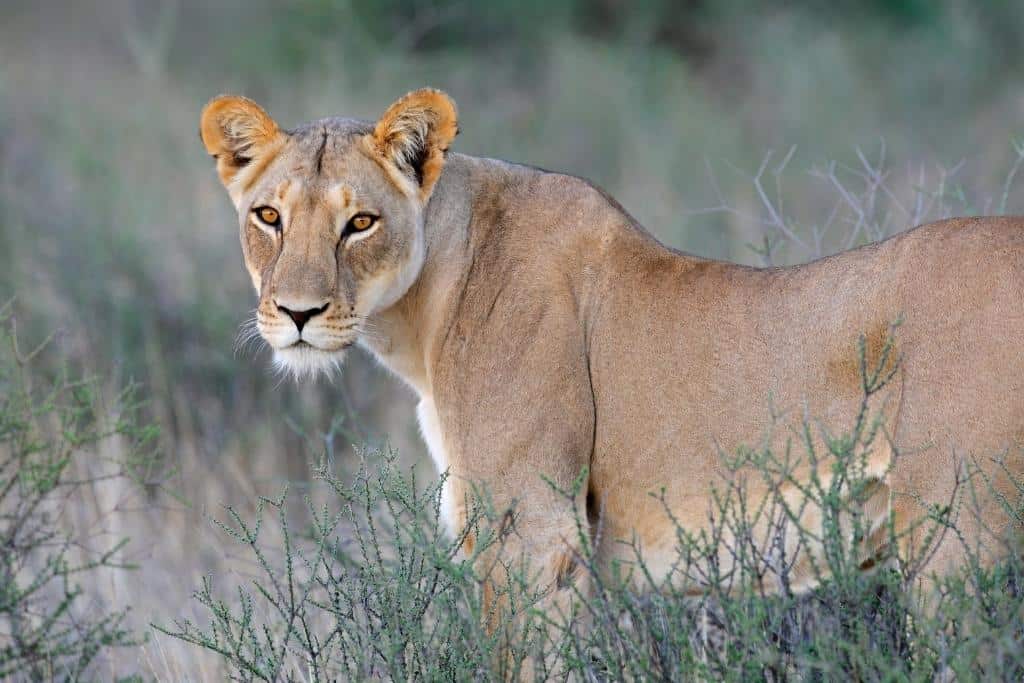
While male lions are known for their distinctive manes, both male and female lions have whiskers. While all cats have whiskers, lionesses typically have thinner, less visible whiskers than their male counterparts. Nevertheless, these sensory hairs are essential in a lioness’s day-to-day life.
11) What color are lions’ whiskers?
The vast majority of lions have lighter-colored whiskers, which help to protect them from the sun. However, they can also have some dark-colored whiskers.
12) Do all lions have whiskers?
Lions are born with whiskers on their face, which continue to grow throughout their lifetime.
13) A lion’s whiskers are very strong.
Despite their delicate appearance, a lion’s whiskers are actually very strong. They’re made of the same material as human hair but are much thicker and more rigid.
14) Whiskers help lions mate.
Lions use their whiskers to help them mate. The whiskers are used to detangle knots and remove dirt and debris from the fur.
15) A lion’s whiskers are unique.
Like fingerprints, each lion has a unique set of whiskers. This can be used to identify individual lions.
16) A lion’s whiskers continue to grow throughout its life.
A lion’s whiskers continue to grow throughout its life. As the lion ages, the whiskers will often become darker and thicker.
